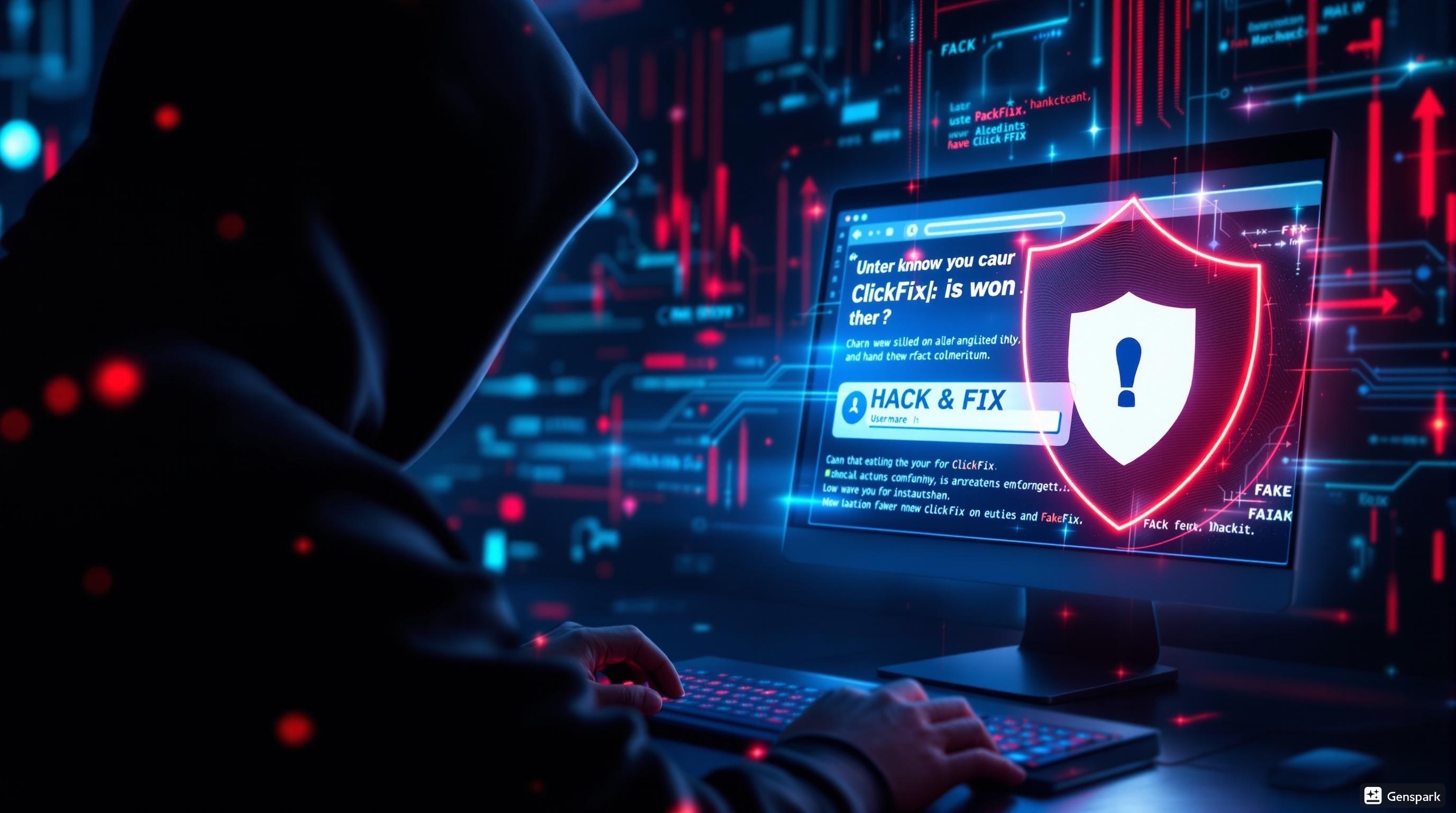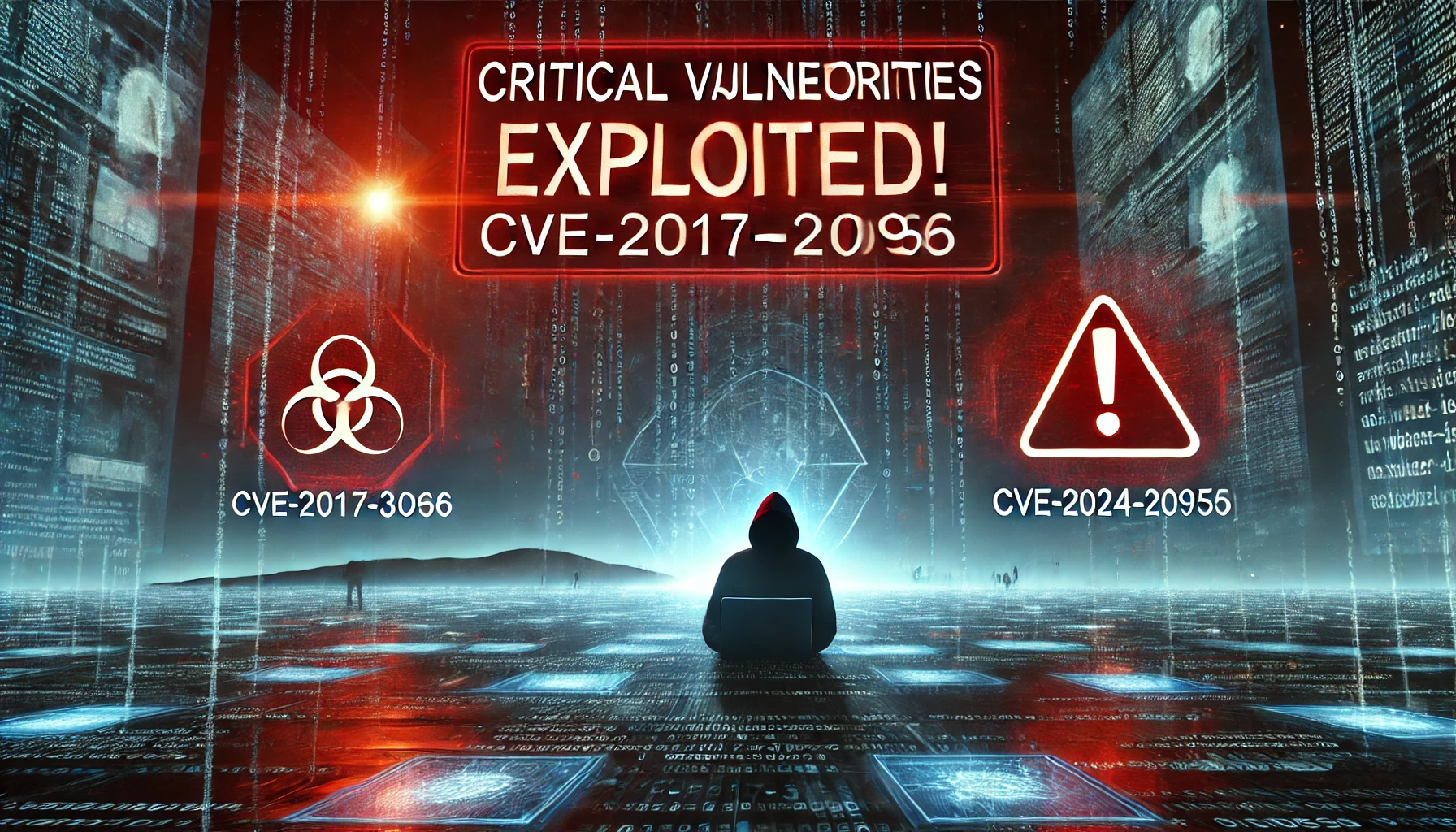The Critical Need for Penetration Testing in 2025: Safeguarding Against Evolving Cyber Threats 🔐

In the rapidly evolving digital landscape of 2025, the importance of cybersecurity has never been more pronounced. As organizations continue to embrace digital transformation, the attack surface for cybercriminals has expanded exponentially. In this context, penetration testing (pentesting) has emerged as a critical component of a robust cybersecurity strategy. This article delves into the current threat landscape and underscores why pentesting is indispensable in 2025. 🚨
The Evolving Threat Landscape 🌐
The year 2025 has brought with it a new wave of sophisticated cyber threats. Cybercriminals are leveraging advanced technologies such as artificial intelligence (AI) and machine learning (ML) to launch more targeted and devastating attacks. Some of the most pressing threats include:
- AI-Powered Attacks 🤖: Cybercriminals are using AI to automate and enhance their attack methods. AI-driven malware can adapt to its environment, making it harder to detect and mitigate.
- Ransomware 2.0 💣: Ransomware attacks have become more sophisticated, with attackers not only encrypting data but also exfiltrating it. This double extortion tactic puts additional pressure on organizations to pay the ransom.
- Supply Chain Attacks ⛓️: As organizations increasingly rely on third-party vendors, supply chain attacks have become a significant threat. Attackers exploit vulnerabilities in the supply chain to gain access to multiple organizations.
- Zero-Day Exploits 🕵️: The discovery and exploitation of zero-day vulnerabilities are on the rise. These vulnerabilities are unknown to the vendor and, therefore, unpatched, making them a prime target for attackers.
- IoT Vulnerabilities 📡: The proliferation of Internet of Things (IoT) devices has introduced new security challenges. Many IoT devices lack robust security features, making them easy targets for attackers.
The Role of Penetration Testing 🛡️
Given the complexity and sophistication of modern cyber threats, traditional security measures are no longer sufficient. Penetration testing, which involves simulating cyberattacks to identify vulnerabilities, has become an essential practice for organizations aiming to protect their digital assets. Here’s why pentesting is crucial in 2025:
- Proactive Vulnerability Management 🔍: Pentesting allows organizations to identify and address vulnerabilities before they can be exploited by attackers. This proactive approach is critical in staying ahead of cybercriminals.
- Compliance and Regulatory Requirements 📜: Many industries are subject to stringent regulatory requirements regarding cybersecurity. Regular pentesting helps organizations comply with these regulations and avoid costly penalties.
- Protecting Customer Trust 🤝: A data breach can severely damage an organization’s reputation and erode customer trust. By conducting regular pentests, organizations can demonstrate their commitment to cybersecurity and protect their brand.
- Adapting to New Threats 🚀: The threat landscape is constantly evolving, and so are the techniques used by cybercriminals. Pentesting helps organizations stay updated on the latest threats and adapt their security measures accordingly.
- Cost-Effective Security 💰: While the initial investment in pentesting may seem significant, it pales in comparison to the potential costs of a data breach. Pentesting is a cost-effective way to prevent costly security incidents.
Best Practices for Penetration Testing in 2025 🛠️
To maximize the effectiveness of pentesting, organizations should follow these best practices:
- Regular Testing 🔄: Cyber threats are constantly evolving, so regular pentesting is essential. Organizations should conduct pentests at least annually, or more frequently if they undergo significant changes to their IT infrastructure.
- Comprehensive Coverage 🌍: Pentests should cover all aspects of an organization’s IT environment, including networks, applications, and endpoints. Special attention should be given to emerging technologies such as IoT and cloud services.
- Skilled Testers 🧑💻: Pentesting should be conducted by skilled and experienced professionals who are familiar with the latest attack techniques and tools. Organizations should consider partnering with reputable cybersecurity firms.
- Actionable Insights 📊: The goal of pentesting is not just to identify vulnerabilities but also to provide actionable insights for remediation. Organizations should prioritize addressing the most critical vulnerabilities identified during the test.
- Continuous Improvement 📈: Cybersecurity is an ongoing process. Organizations should use the findings from pentests to continuously improve their security posture and stay ahead of emerging threats.
Conclusion 🎯
As we navigate the complex and ever-changing cybersecurity landscape of 2025, penetration testing has become an indispensable tool for organizations seeking to protect their digital assets. By proactively identifying and addressing vulnerabilities, organizations can mitigate the risk of cyberattacks, comply with regulatory requirements, and maintain customer trust. In a world where cyber threats are becoming increasingly sophisticated, pentesting is not just a best practice—it’s a necessity. 🛡️🔒
Call to Action 📢: Is your organization prepared to face the cybersecurity challenges of 2025? Don’t wait for a breach to happen. Invest in regular penetration testing to safeguard your digital assets and stay one step ahead of cybercriminals. Contact us today to learn more about our comprehensive pentesting services. 📞







